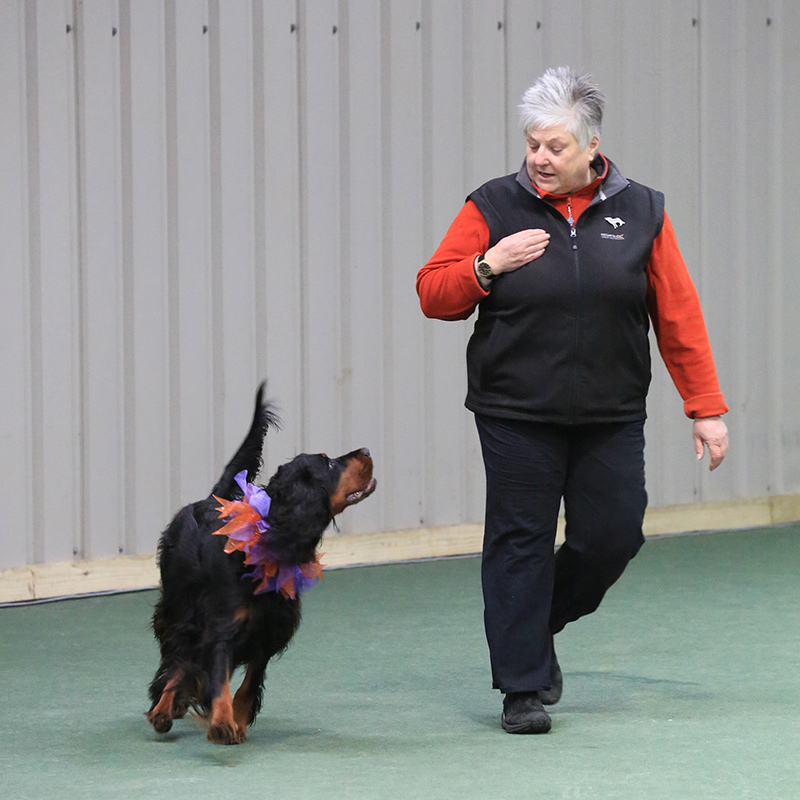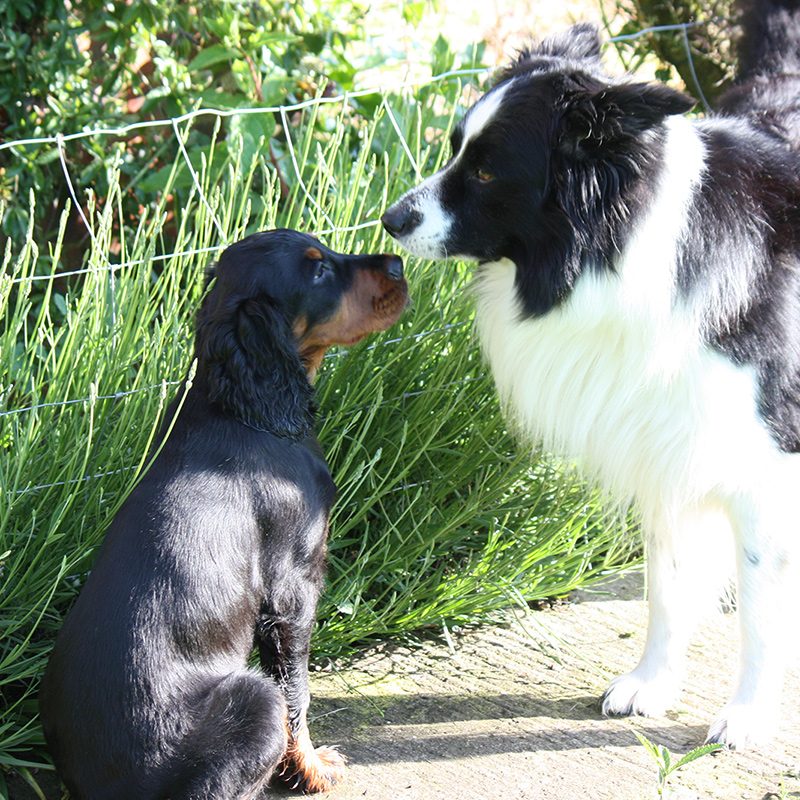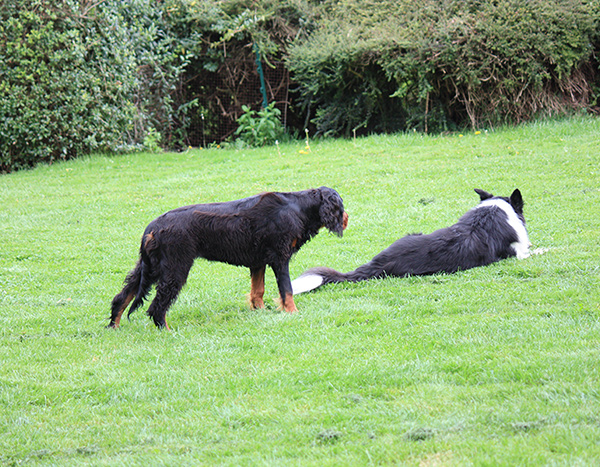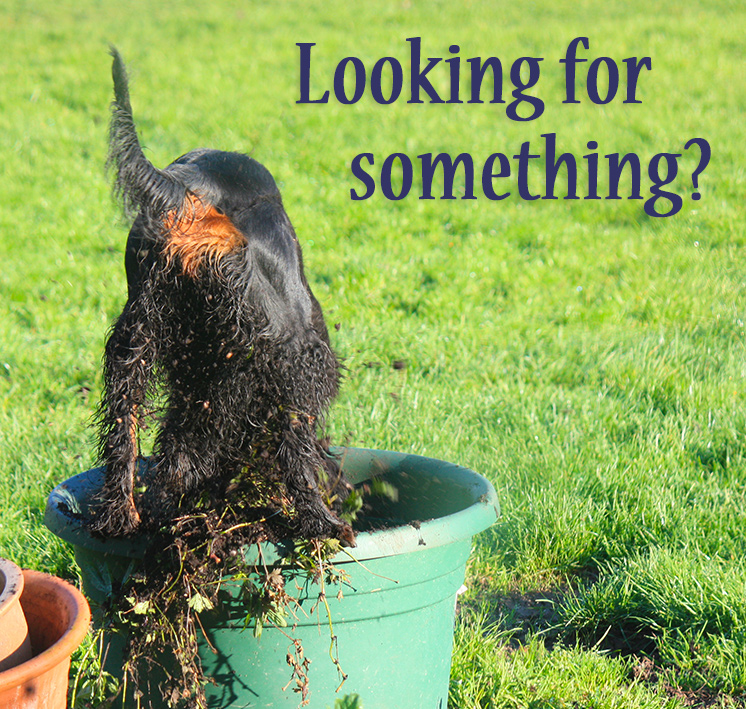Teaching with Reinforcement
Lessons and exercises
Science and understanding
This book will take you through the foundation of teaching with reinforcement. This is often called reward based training, but it is much greater than giving a treat for a good sit.
We begin with understanding what determines a “reinforcer”, and look in detail at the many, many different types of reinforcers, or rewards, that we can use as part of teaching our dogs.
Follow each chapter, go forwards, go backwards, come back and re-visit.
Understanding Reinforcement
Consider the difference between reinforcing a behaviour and rewarding a behaviour. Ask yourself what would be reinforcing for this dog at this moment and what would be rewarding for me? Are they the same thing . . .
The Science
“[Science] … is simply a systematic way for carefully and thoroughly observing nature and using consistent logic to evaluate results. “
Steven Novella
Types of Reinforcers
What you may prefer is chocolate, a gift for you would be chocolate, a gift for a friend may be wine. But you may both need to learn about chocolate wine. It is the recipient that decides if it is a gift, a reinforcer, not the deliverer. . . .
Food as a Reinforcer
Not all food is equally reinforcing. Food is a Primary Reinforcer: that needs no previous experience to be reinforcing; such as food, security, using instinctive behaviours. . . .
Instinctive Behaviours
Instinctive behaviours are inherited and emerge under specific conditions. They are not taught but can be adapted, shaped and enhanced (for example a dog working sheep, or knowing how to point a bird) . . . .
Interaction
Interaction, or being social, is an instinctive behaviour, a primary or natural reinforcer. Dogs are not cats. They inherit a very strong desire to integrate and live co-operatively with other dogs, people and sometimes other species. . . .
Control over your environment
Having control over your immediate environment functions as an effective reinforcer. Having no control has the opposite effect. When your actions are mimicked by the environment, other dogs, or people . . . .
Connection is Reinforcing
Connection is about walking at the same speed to enable your partner. Connection is often about focussing on the same target. Connection is often about putting the same foot forward. . .
Choice
Dogs rarely say “never”, often they say “give me a moment …” When they are ready they will let you know. This is a small way but important way of giving them choices in their activities, responses and interactions. . .
Secondary Reinforcers
A secondary reinforcer is an event or action that predicts a primary reinforcer. A click is a predictor, very often, of food. I have seen many dogs begin to salivate where they hear the click, and lick their lips. . . .
Punishers
Punishing a behaviour is quite separate from punishing the dog. Very, very often the punishers and reinforcers are two sides of the same coin. You can withdraw attention and give attention, one will punish ….
It is not easy
A topic that appears to be straightforward, but it often begins to confuse and obscure our goals. We may never reach a full understanding of the role of reinforcement in our lives but every step on the journey is worth while.

Kay has been involved in training dogs for over forty years. From teaching lifeskills for all types of dogs to top level sports and working dogs. Kay leads the way in developing innovative and creative techniques that deliver connection and effective teaching for both dogs and people in a blend of passion, joy and enthusiasm.
The constant thread has been a passion for learning about dogs and effective teaching.
Become a thoughtful trainer and enjoy the very best teaching with positive reinforcement can bring to your relationship and understanding.













